Outdoor backpack can be said to be the most classic equipment for all climbers. It is absolutely necessary to live outdoors. Because all the outdoor life must be packed and placed in backpacks before they can start outdoor life. How difficult it is to take the route, or how long it will take, the backpack will always be with you, and one of the equipment you will never forget; casual shopping, it is your favorite personalized goods to move goods. At present, in addition to its own domestic brands, many agents also actively introduce the world's various countries, a variety of sophisticated backpack products, including Europe, the United States and other countries world-class brands.
Although it is only a combination of 1-2 shoulder straps and a bag containing objects, the backpack is equipped with a certain degree of complexity in accordance with the different purposes of mountaineering and the diversification of design concepts. It takes time and effort. Learn to understand, of course, that when you find your ideal backpack, that kind of joy and satisfaction will accompany every future outdoor journey.
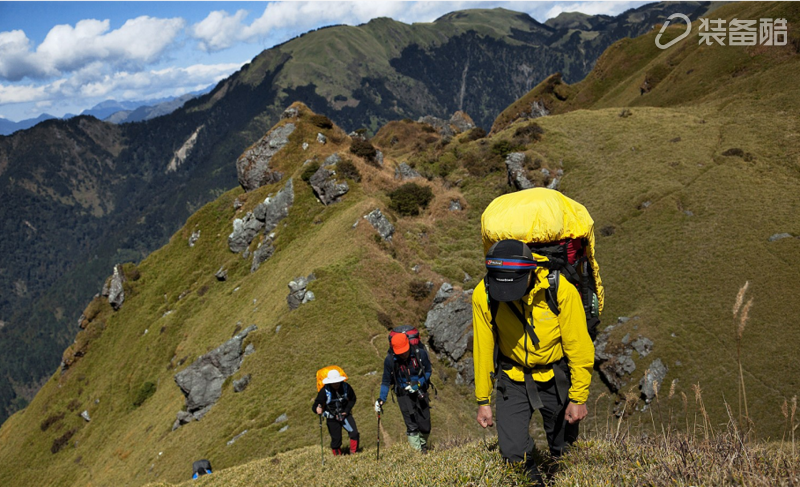
Use Impact Design The backpack is one of the most important equipments for a climber. It must have a large capacity that can fit all the food and clothing in the mountains. It must also provide the user with long-term comfort. You don't suffer from overwork or back pain because you carry too much weight. It is very important to carry the backpack's center of gravity close to the body, which reduces the risk of the backpack's center of gravity from staggering; and it is less obstructive when it comes to shuttle bushes.
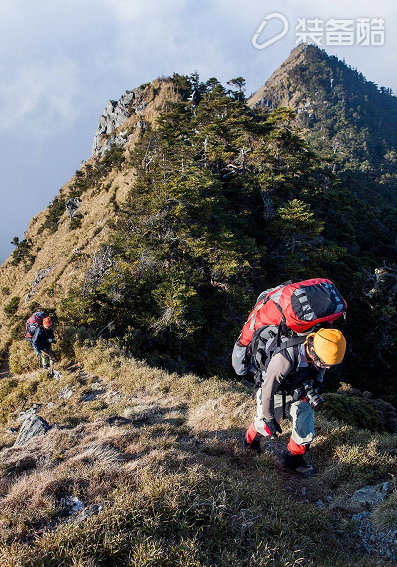
Characteristics The design of mountaineering hiking backpacks must be based on high capacity and comfort. The following factors must be met:
The ergonomic Suspension System (Suspension System): At present, the HDPE backplane or metal frame design is used as the main frame of the piggyback system. A good piggyback system must be able to evenly distribute the weight of the backpack to the user. Back and waist.
Hip Belt: A well-designed hip belt not only fits comfortably, but also effectively distributes the weight of the shoulders. Ventilation: The backpack is in close contact with the back for a long time. If the ventilation system is poor, it will cause back. Sweaty and uncomfortable.
Attachment system: The strap system of the backpack is designed to be compact and highly practical. It must include sleeping mats, ice picks, crampons, and straps that are stored in trekking poles, plus the necessary backpack straps.
Top pockets, side pockets, or other Accessory Pockets: The necessity can be judged according to the needs of the user.
Hydration Compatibility: As more and more people love the straw-type water bag system, the compatibility of the backpack itself with the water bag is also very important.
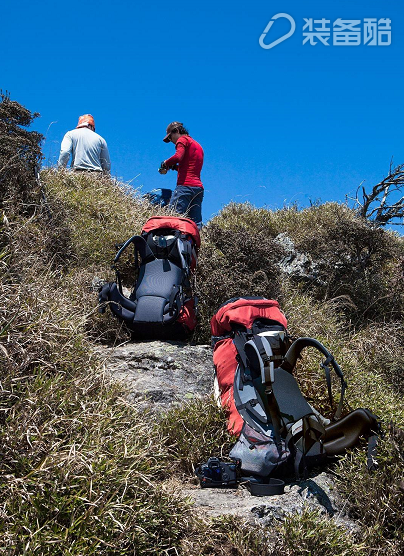
Grading hiking backpack products on the current outdoor equipment market can be divided into several major levels:
Simple level: This type of backpack only has a simple main bag and strap, and does not have any design of carrying system or bracket. It is mostly used for small backpacks for day trips.
Lightweight level: This series of backpacks is designed with light weight as the main design considerations. Thin, lighter weight fabrics are used. Most of them have only a fixed type of carrying system and can't adjust the carrying system. The weight of the backpack is very light. Its advantages.
Durable class: Many traditional inner rack backpacks belong to this type. The backpack itself has a complete and adjustable carrying system with many sponge cushions to increase the comfort of the backpack; the selection of the backpack fabric is also wear-resistant. Heavy weight, but the weight of the backpack itself is too heavy is its shortcomings.
According to the capacity of the backpack, the backpack is divided into three levels: small, medium and large.
Small backpacks: The capacity is less than 35 liters, and most of them are based on one-day hiking trips.
Medium-sized backpack: Capacity between 35-55 liters, suitable for overnight trips, or after equipment is lightweight, for 3 to 5 days of mountain activities.
Large backpacks: Capacity between 55-75 liters, generally used as a multi-day trekking in the mountains.
Extra-large backpacks: The backpack capacity is more than 75 liters, suitable for climbers with special needs, such as alpine photography, outdoor long-term ecological studies, or engaged in snow ice climbing activities.
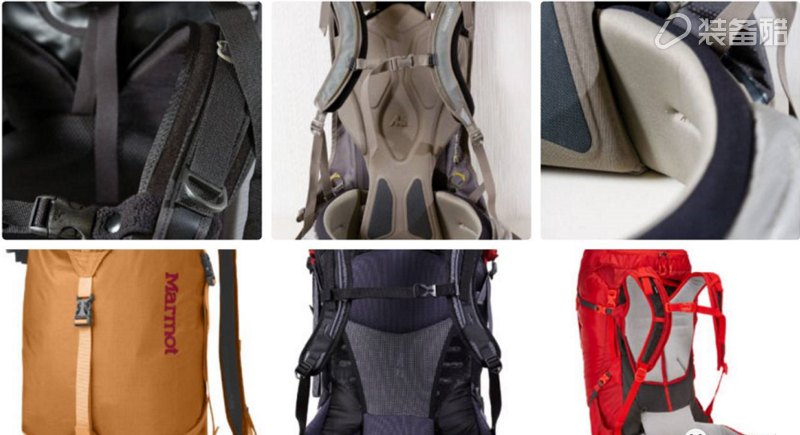
Carry the system to analyze 1. What is the backpack carrying the system as the main body can be placed on the back of the bag, but to be able to walk comfortably on the body, we must have a suitable "carrying system", carrying the system in simple terms, is the backpack A device that integrates a simple main duffel bag with the body, so for most of the inner rack type backpacks, it broadly includes a combination of a shoulder strap and a belt system to achieve a main bag for baggage placement. The bearer's upper body perfectly fits together; an excellent carrying system allows the user to keep the backpack close to the body's center of gravity without shaking and to evenly distribute the weight of the backpack when climbing downhill or during various climbing activities. Shoulder, back and waist.

Two. Different uses have their own unique design of backpack-style backpack system, from the simple design of the early two parallel aluminum bars to the development of cross brigade and hard back version, each brand has a unique patent, respectively The description is as follows:
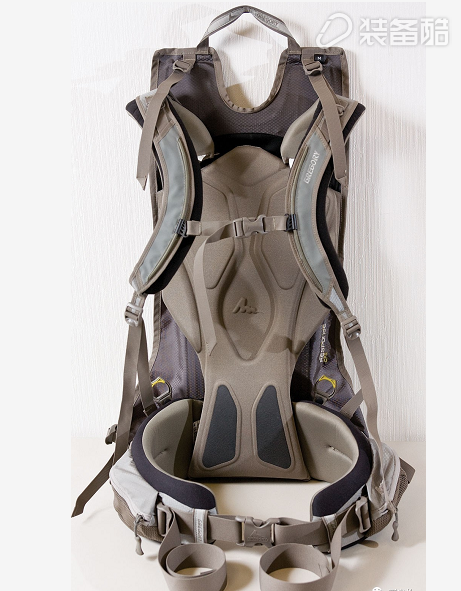
Aluminium bar support: The world's first straight inner rack backpack is a simple carrying system with two parallel aluminum bars inserted into a specific track behind the backpack. Two aluminum bars weigh the structure of the backpack. The model also bears a good sense of support. At present, many brands still maintain this traditional design. Some manufacturers have also changed the structure of aluminum bars to a cross-over design. In any case, aluminum bars must be curved in line with the curves of the human body in order to ensure comfortable comfort.
Backboard support: The design of backpacks is currently becoming lighter, so manufacturers are looking for lightweight support materials. HDPE is used as a raw material, and the hard and soft backboards that can be bent with the body are developed as a piggy back system. The main point of the game is that although the backboard feels harder than the aluminum bars, it can be said to be a very comfortable carrying system with the proper foam and the back design of the human body.
Frame support: When the system is backed up to meet the basic stability and comfort demands, everyone begins to think about how to avoid the sweltering feeling of long-term carrying back, and the frame-type carrying system is developed in this way; the carrying system of the frame is usually made of metal or plastic material. The outer frame, in which the middle part is freed, can be used as a cool back ventilation room, and the air and the outside air can be convected to reduce the sultry feeling when carrying.
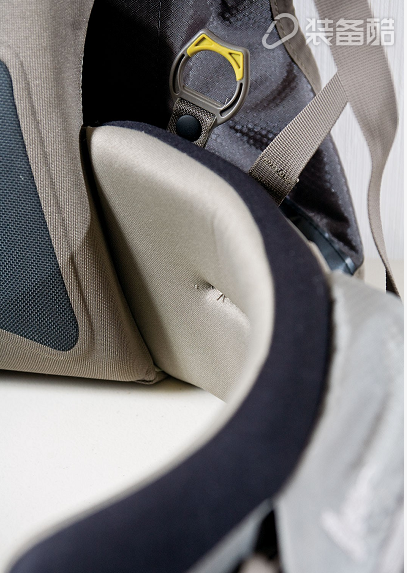
Adjustment function: Many backpacks have an adjustment function in the backpack system. The upper and lower shoulder straps and the backpack contact point move up and down to change the back length of the backpack system. Many higher level backpacks pay attention to the amount of clothing. The characteristics of the body will be divided into S, R, and L dimensions according to different back lengths, just like the small, medium, and large sizes of the clothes, to adapt to different body shapes of the bearer, and no longer to design the system. Adjustment function.
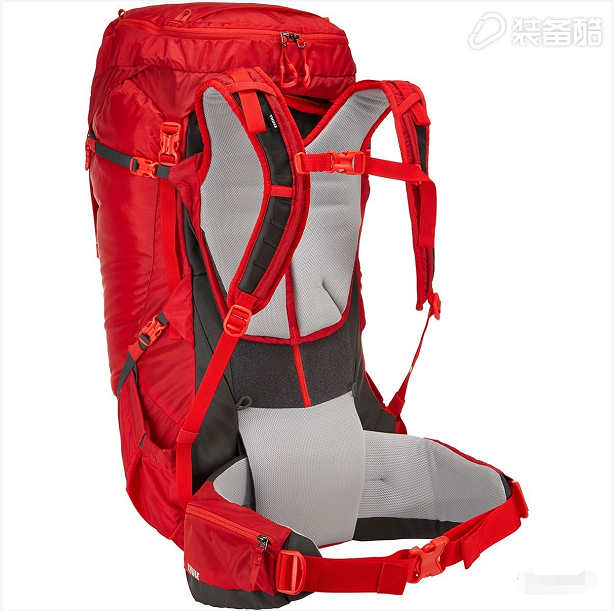
Lightweight backpacking system Because there is a boom in light equipment around the world, there are many lightweight backpacks on the market. The traditional 60-70 litre packs have an empty weight of about 2.5-3.0 kilograms while the lightweight backpack has the same capacity. The empty weight is reduced to 1.0-1.5 kg. In addition to the weight reduction of the fabric itself, some of it is also sacrificed by the sacrifice of the system to carry the comfort of the system. The design principle of lightweight backpacks is mainly based on the light weight of the backpack, so most backpacks have the weight and the weight of the recommendations and restrictions, if the average person in the weight of the equipment, has not been reduced to the weight limit for lightweight backpacks When you go to buy lightweight backpacks, you often feel uncomfortable with the backpack's backpacking system. Therefore, the saying that goes hand-in-hand in the lightweight world of equipment is: "Knapsacks are the equipment that needs to be replaced in the light of weight." , it can be said to be a reasonable saying. Lightweight backpacks, because of the light weight of the burden, so the design of the carrying system is also relatively simple, using HDPE backboard, or a harder back foam to support, for the pursuit of extremely lightweight backpack, The carrying system may only have two straps and a belt. The support of the back is only used to roll up around the backpack with a sleeping pad to achieve the effect of supporting the backpack. It can also be said to be a lightweight multi-purpose concept. Play.
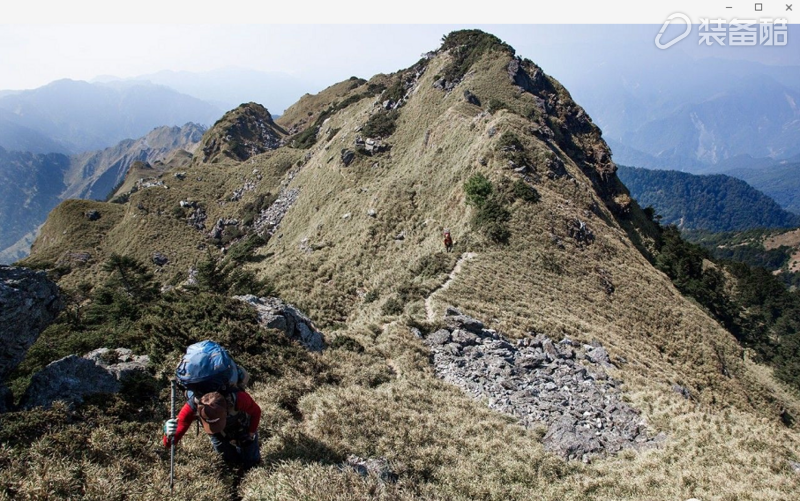
Experience the feeling that people are all-in-one - correct adjustments. Selection of backpack sizes (straps, belts)
At present, most of the large-capacity backpacks have different sizes for the user's body design to adapt to bearers with different heights, shorts, and thins, and smaller backpacks (less than 30 liters). Because the backpack itself has a small capacity, it can be carried. The weight is light and the difference in size has little effect on the comfort of the backpack, so it is usually not subdivided.
Backpack size selection should pay attention to the following procedures:
Measuring the correct back length: The backpack system is mainly designed for back lengths of different length ranges. It is generally measured in inches. 14" to 18" is "short back length," and 18" to 21" are "standard backs." "Regular", greater than 22" belongs to "Long is long", and some brands do S, M, L, respectively, domestic manufacturers mostly rely on the standard back length, if the short person bears Not comfortable. Different back lengths will also affect the capacity of the same backpack, although the difference is not significant, but you must understand clearly before buying, so as not to meet the capacity requirements because of the smaller size.
Shoulder strap size: For the shoulder strap size, the main measurement is based on the size of the bust, which is similar to the size chosen when purchasing the tops. For example, if the S size tops are usually worn, the shoulder straps can also be of similar size. There will be slight differences in the sizes between different brands, so it is best to ask the domestic agents for clarity.
Belt size: The belt size is closely related to the size of the waist. If the size is too small, the cushion of the belt will be insufficient. When the size is too large, the belt cannot be fully tightened. Manufacturers will be divided into S, M, L, and XL according to different waistlines. Some manufacturers It will also be tailored to the shape of the individual's waist shape.
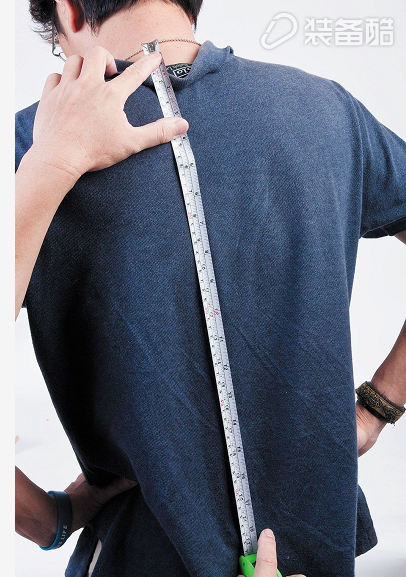
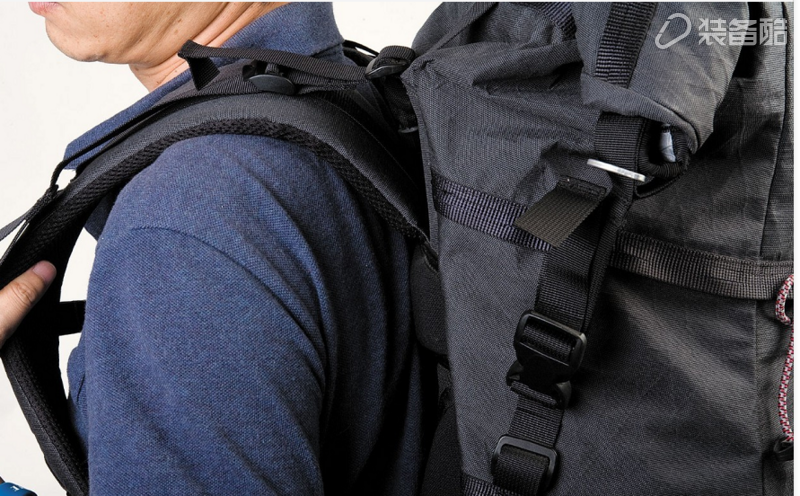
2. Measure Your Back Length Regardless of the backpack you choose for any brand, the most important key to purchasing the right size for your body is to measure your own Torso Length, because the length of the spine depends on the spine. In the body, so must follow the steps set in order to accurately measure the correct size.
Keep your feet apart shoulder-width apart and your body stands upright.
Put both hands on the waist with a spine and the head slightly forward.
Ask others to use a soft ruler from the most prominent joint of the neck (about the highest point where the shoulder and neck meet) to the midpoint of the connecting line of the thumb's two hands. The measured length is the back length of the applicable backpack.
In accordance with the obtained back length, dealers provided to backpack sales, as a reference to choose the right backpack, and then after actual trial back as a final choice.
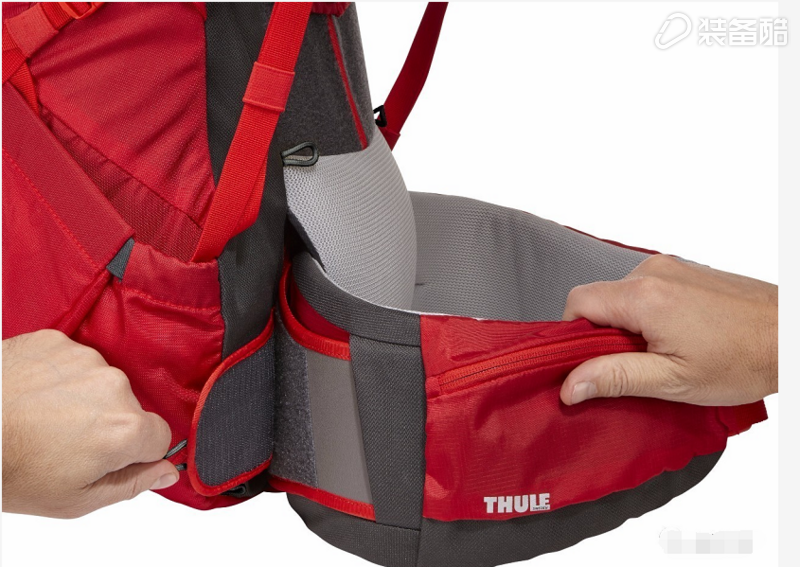
Third, the backpack's adjustment method A well-designed, suitable for their body size backpack, must also be properly adjusted, the shoulder strap, belt, back length adjusted to a suitable location, in order to maximize the performance of the backpack, usually The more you design a sophisticated backpack, the more parts you need to adjust. If you do not adjust it before use, you will feel very uncomfortable when you carry it. Backpack adjustment must follow certain procedural steps to tighten the relevant straps:
After selecting the right back length, many manufacturers have designs with wide shoulders or narrow shoulders; some brands can be adjusted for individual shoulder widths.
Relax all adjustment belts associated with your piggyback system, then wear your hands into the Shoulder Straps.
Temporarily buckle the Hip Belts and the Sternum Strap.
Pull the strap down to a comfortable position.
Load the Load Lifter Straps tightly. The shoulder relief belt and the backpack must be close to the highest point of the shoulder strap.
Re-adjust the tightness of the Hip Belt and tighten the belt around the belt.
Make sure the tightness of each strap is appropriate
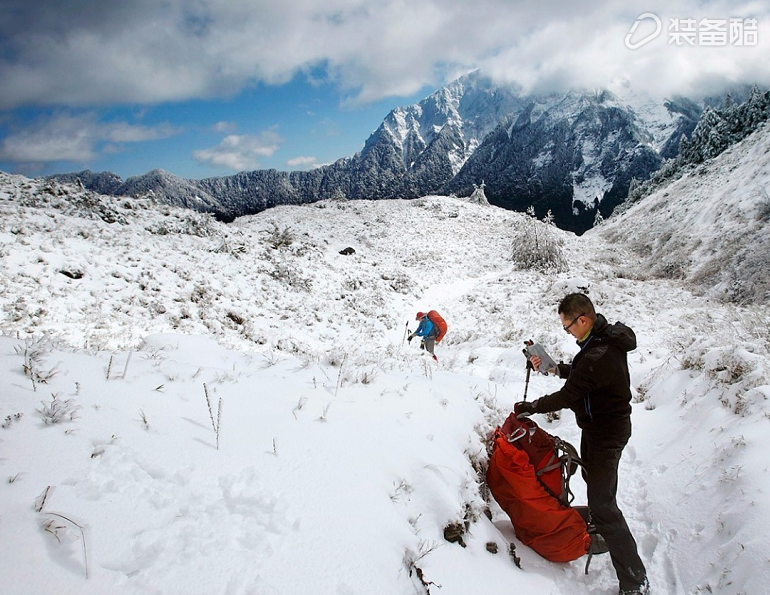
The backpack's filling suggests buying a good backpack. If you don't know how to load it, it will not only cause you uncomfortable carrying, but it will not be able to put all your stuff into it and you won't be able to make full use of your backpack's performance. A well-packed backpack will look neat and refreshing in shape, and the backpack will lose its packaging skills. The appearance will be obviously twisted or twisted, or the center of gravity will be tilted to one side.
1. The basic principle of the pack's center of gravity, according to the different positions of the center of gravity, will produce different feelings of bear; Generally speaking, the upper center of gravity is conducive to carrying comfort, lower center of gravity is conducive to balance and stability. However, regardless of whether the center of gravity is above or below, placing heavy objects near the back of the body is a big principle that will never change:
(1) The center of gravity packaging method: This method has the advantage of carrying comfort, but when walking in dangerous terrain such as cliffs, cliffs, etc., the center of gravity needs to be extremely balanced, there will be more problems with center of gravity instability.
(2) Packing mode with lower center of gravity: For the passage of dangerous terrain, the low center of gravity packing method is conducive to the center of gravity balance, but the burden is more likely to cause discomfort.
II. Backpack loading method Basically, the following basic principles and steps can be adopted in the loading and sequencing of the hiking and hiking walks outdoors.
The bulky equipment first to consolidate the bottom layer of the backpack: the sleeping bag, tent inside and outside the account (put out the camp column was placed separately) into the bottom of the backpack.
Warm and change the laundry to consolidate the middle and lower layers of the backpack: store it in a waterproof bag before putting it in a backpack.
Middle and lower gaps fill food: there are still some gaps in the middle and lower layers of the backpack. At this time, the food can be divided into heavier staple foods and other miscellaneous foods; foods should be divided into several sorts of pouches in advance; This kind of food pouch.
Placement of weights must be balanced: the principle of left and right balance must be maintained.
The heaviest items are placed in the middle and upper backrest parts: for example, photographic equipment, gas tanks, and noodle staples.
Frequently used equipment is placed on the upper layer of the backpack: thin long sleeves or vests and, most importantly, the underwear can be placed on the top or outer bag of the backpack, and can be quickly obtained in the event of sudden rain; Hats, snacks, headlights, and water bottles are usually placed so that they can be accessed at any time.
Cookware packaging skills: Cookware is a fixed volume is not easy to compress or twist the equipment, so it must be placed as far as possible to the upper layer of the backpack, and then surrounded by small bags of food to fill.
Packing on both sides of the pack: The straps on both sides of the pack can be used to tie small, long-sized equipment such as sleeping mats, umbrellas, trekking poles, or tent poles.
When packing, please remember to bring all equipment that is worried about moisture, such as clothes and sleeping bags, into a waterproof bag. Although this is not related to comfort, it is closely related to your life.
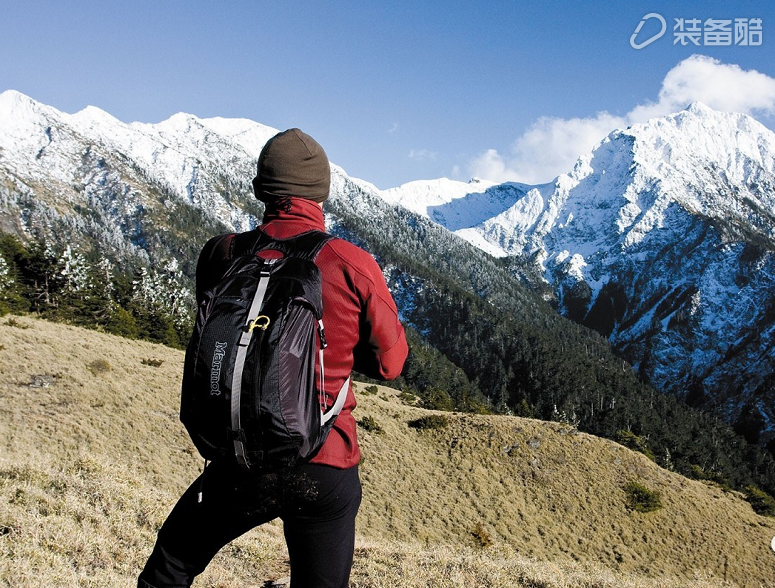
The material and design trend of the backpack 1. Backpack fabric commonly used materials Early backpack mainly thick and easy to absorb water-based canvas, and later the emergence of nylon cloth, has also been used on a large number of backpacks, but the real history of rewriting backpack fabric, should be high-intensity The emergence of CORDURA fabrics. CORDURA fabric is DuPont's patented product, mainly using nylon yarn as raw material, through a unique high-density weaving method, and formed a special wear-resistant fabric, with a lightweight, quick-drying, soft, wear-resistant, tear-resistant characteristics, generally The Denier number (D) is used as the strength standard. The higher the number, the better the fabric strength and wear resistance; the general backpack design is mostly at the bottom where the abrasion is easy and the force is higher, and the higher Danny is used. The number of fabrics is higher, the lower the force, the lower the number of fabrics used. The calculation method for the Denny number is based on the weight of the 9,000-meter-long cloth fiber, which is a measure of the Denny number. For example, if the cloth uses 9,000 meters in length and the net weight is 600 grams, weaving cloth will be called 600D. CORDURA cloth will also have a waterproof coating on the inner layer to achieve the initial waterproofing of the backpack, but it does not guarantee that the backpack will not enter the water completely. Therefore, it is best to use a waterproof bag inside the backpack to prevent the equipment from getting wet.
II. New Trends in Backpack Design
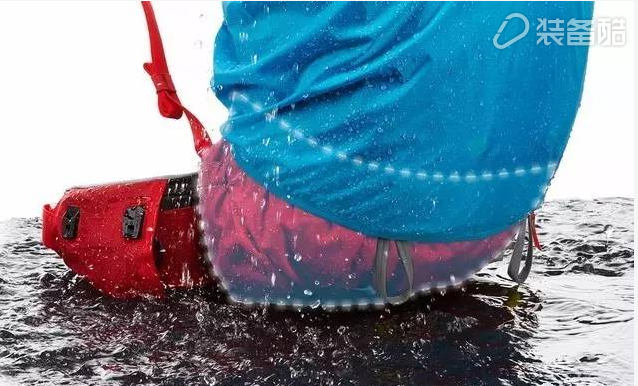
From the early military canvas bags to outdoor hiking activities to open up the large horizontal backpacks, the aluminum racks from the United States, to the era of straight-lined interior backpacks, backpacks can be said to have undergone many generations of succession. Become the mainstream model today. Under the style of straight backpacks, many new ideas have been introduced in recent years. If you do not want to buy seasonal products, these new design ideas deserve our attention.
With the development of lightweight outdoor cloth technology, it is no longer a distant dream to obtain a new generation of lighter, thinner, and stronger backpack fabrics. Therefore, most backpacks will follow the concept of lightweight to pursue At the same intensity and capacity, the lighter backpack is empty.
Waterproof traditional backpack stitches, will not go through special waterproof processing, when it rains, it will easily seep into the backpack and wet the equipment. The new bag has been completely waterproof and the waterproof zipper is also available. Being used in large numbers is a gospel for those who like water outdoors.
In addition to good back and back heat dissipation and air permeability backpack, if the back is not ventilated in the back, it is active all day to ensure that the back is sweating. Therefore, each brand has a unique patent. In the back of the ventilation design, there are some special models will be Emphasis on carrying the perfect system of air circulation, especially friends afraid of heat can be considered.
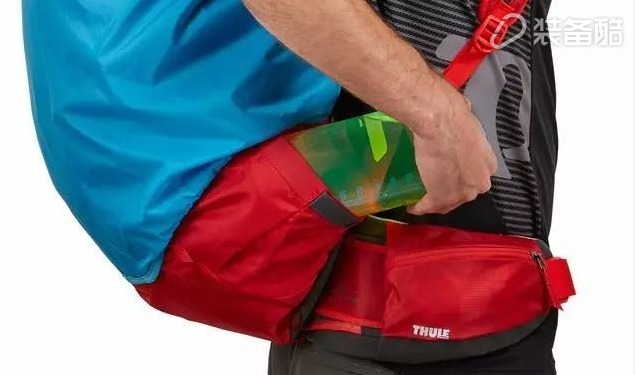
Simplification of the traditional backpack design will tend to design a variety of straps. In light of the lightweight design concept, many backpacks only retain the most important strap system; some backpacks will be lightweight by omitting the top bag. purpose.
Carrying out the refinement of the system At present, the design of the carrying system is very diversified and refined. In addition to a variety of back lengths to choose from, the shoulder straps and belts can also be tailored to the user's body. The piggyback system can also be fine-tuned for different back lengths and shoulder widths.
Water bag compatibility and collocations. Friends of the hiking team use a large number of water bags and straws. Many backpacks will be newly designed to be compatible with the water bags and straws. They are easy to use with water bags.
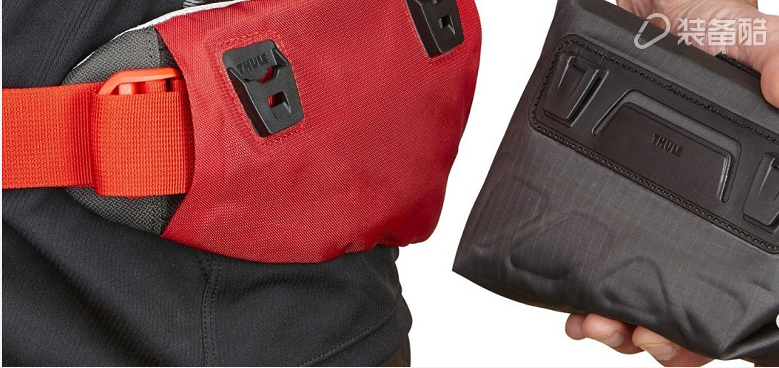
In recent years, the design of mountaineering backpacks has increasingly tended towards the design concept of personalized products, with special shapes, colors and patterns to highlight the unique styles of individuals or brands, and recognizing it as far as it is unique. Style.
Finding a Satisfying Backpack - Focus on Purchase
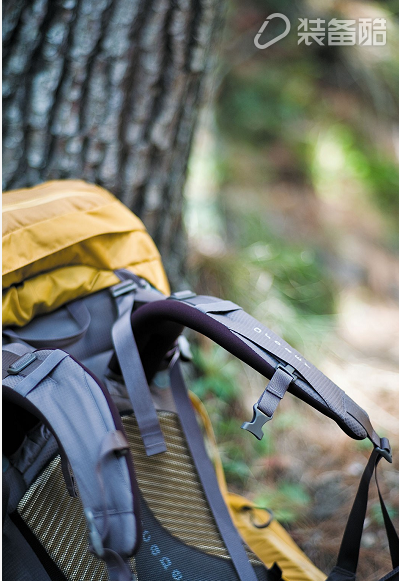
When shopping for mountaineering backpacks, you must first decide on the capacity of your backpack to purchase according to your style of activities in the outdoors and the number of days you plan to work. The capacity of a typical backpack is determined by the volume of the backpack itself that can be loaded into the content, usually measured in units of ascents. In addition, you must also choose a backpack that fits your body in order to give full play to the function of the backpack itself. The size of the backpack is suitable for the individual's length, mainly determined by the length of the back (Torso Size); at present, many backpacks will have different designs. The system carries the system to cope with various weights. Therefore, knowing the weight to be carried in the activity in advance can be more accurate in selecting the appropriate carrying system.
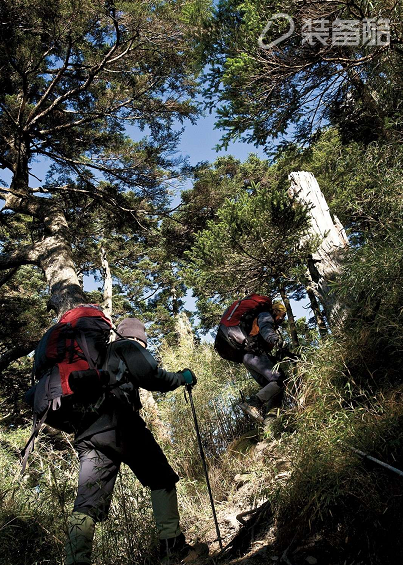
One-day itinerary: A typical 4- to 5-hour itinerary in the surrounding mountain range. You can buy a 20-litre backpack. If you are on foot for longer periods of time, deeper in the mountains, or want to cook in the mountains, you also need more. The equipment is suitable for a 35-liter backpack. There are many small backpacks that are mostly not carrying a system. This type of backpack is suitable to carry a weight limit, preferably less than 8 kg.
2nd day trip: 2 days or more for a mountaineering trip because it must be spent in the mountains, so the backpack must reserve space for the equipment (including cookers and tents) for camping. Generally speaking, if there is a place to stay in the mountains during the night, You can use a 45-litre backpack; if you need to carry your own tent, it is best to use a backpack about 55-60 liters.
High-altitude long-term activities: Because the number of days spent in the mountains is longer, generally about 5-7 days, in addition to camping equipment, must also bear the required number of days of food; most people will choose more than 70 liters of backpacks, female friends A 60-liter backpack can also be considered. There are some mountain friends who are familiar with light weight, only need to use about 50 liters of backpack.
Wilderness activities for a longer period of time: Some people engaged in ecological surveys in mountain forests need more food and equipment because they have to invest in investigations in the mountains for a long period of time. They may consider backpacks with more than 90 liters.

Relationship between activity days and backpack capacity and weight
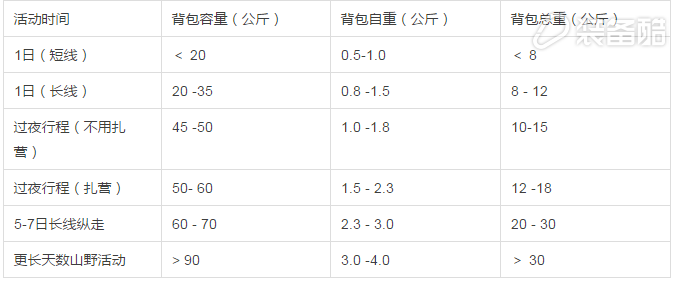
In addition, when engaged in different outdoor activities, it is also necessary to use different characteristics of the backpack design as the basis for selection. For example, in the general mountain area, the weight and comfort of the backpack itself can be used as the focus of the selection reference; For climbers exploring or crossing the jungle, the durability of the backpack is the focus of choice, otherwise the backpack can be easily broken or worn by the branches when crossing the jungle or on special terrain. As for the more technical climbing activities, they must also be selected according to the nature of the activity. For example, the upstream backpack must pay special attention to the waterproofness, and the backpack that is engaged in snow climbing should pay more attention to the relevant strap system. It is used for tying ice axes, crampons, helmets and climbing ropes.
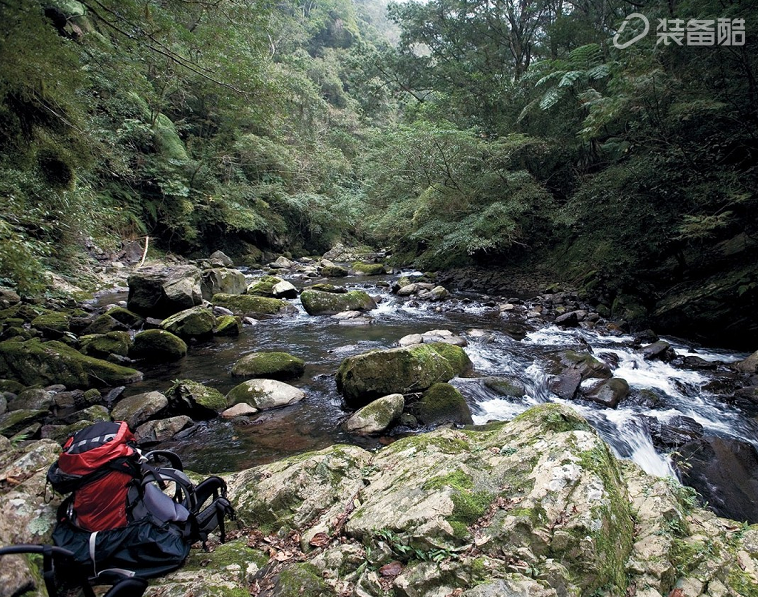
Outdoor activities and focus on buying backpacks
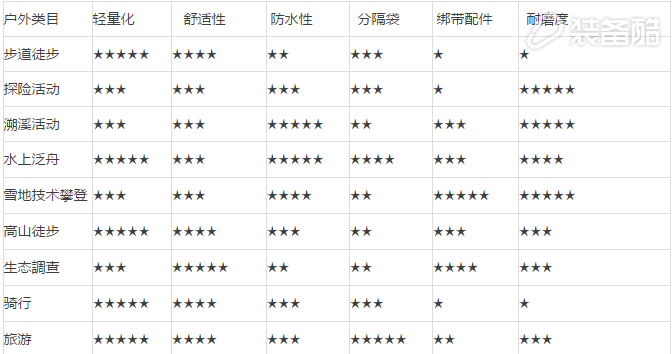
Treatment Cart,Hospital Treatment Cart,Medical Treatment Cart,Mobile Treatment Cart
Jiangmen Jia Mei Medical Products Co.,Ltd. , https://www.jiamei-medical.com